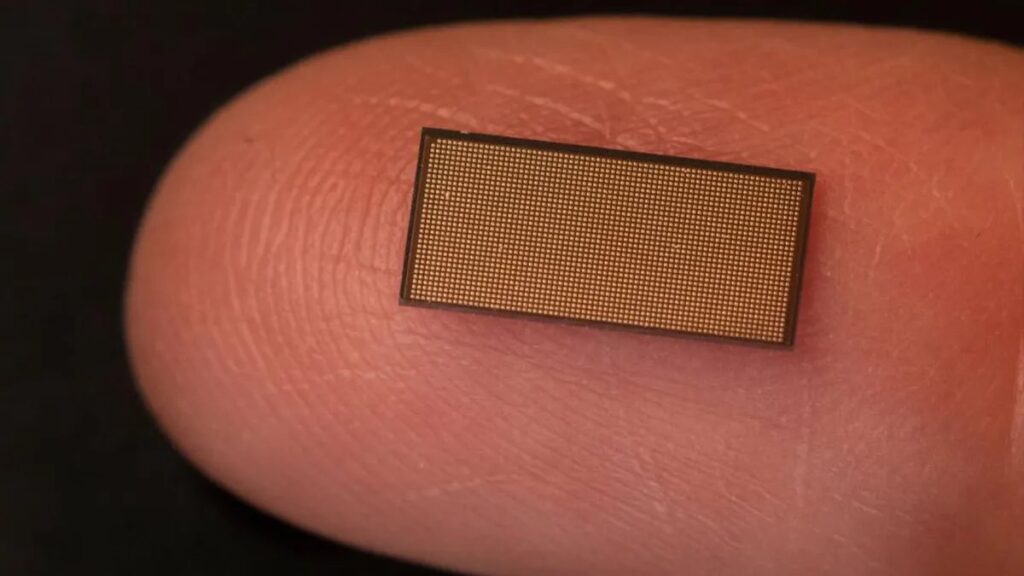Intel has created the largest artificial intelligence (AI) system ever built that is designed to function like the human brain. Dubbed “Hala Point,” this neuromorphic computer contains over 1 billion artificial neurons and 128 billion artificial synapses spread across 1,152 specialized AI chips called Loihi 2 processors.
Neuromorphic computing takes inspiration from the architecture of the brain, using interconnected artificial neurons and synapses rather than the conventional binary processors found in modern computers. Data flows through these neuron-like nodes in parallel, mimicking how the brain processes information.
The key advantages of this brain-inspired approach are massive parallelism and extreme energy efficiency compared to conventional AI hardware like GPUs and CPUs. Intel claims Hala Point can perform AI workloads 50 times faster while using 100 times less energy than equivalent traditional computing systems.
With a staggering 20 quadrillion operations per second of performance, Hala Point demonstrates the potential of large-scale neuromorphic computing for accelerating AI research and applications. It initially will be deployed at Sandia National Laboratories to tackle problems across device physics, computing architecture, and computer science.
While still an early research prototype, systems like Hala Point could eventually enable continuous learning AI models that can dynamically incorporate new data, overcoming the massive training requirements of current approaches. Intel sees neuromorphic computing as a potential game-changer that more faithfully recreates how human cognition operates.


